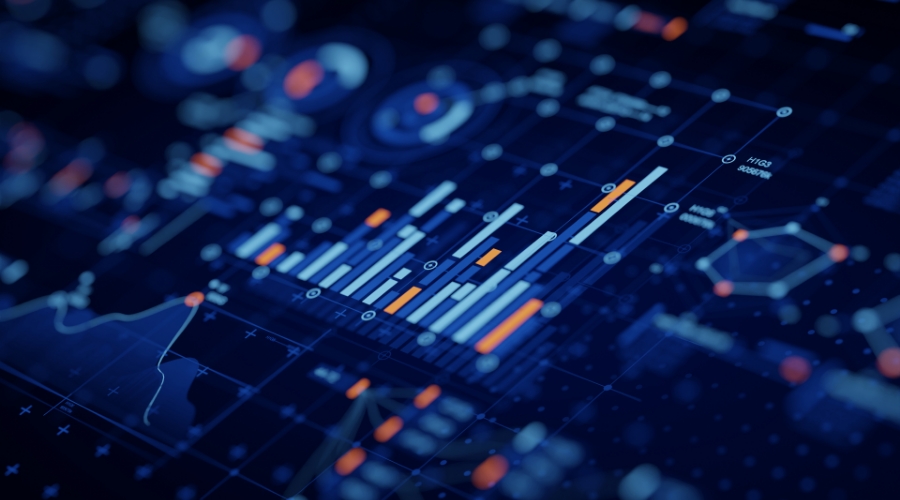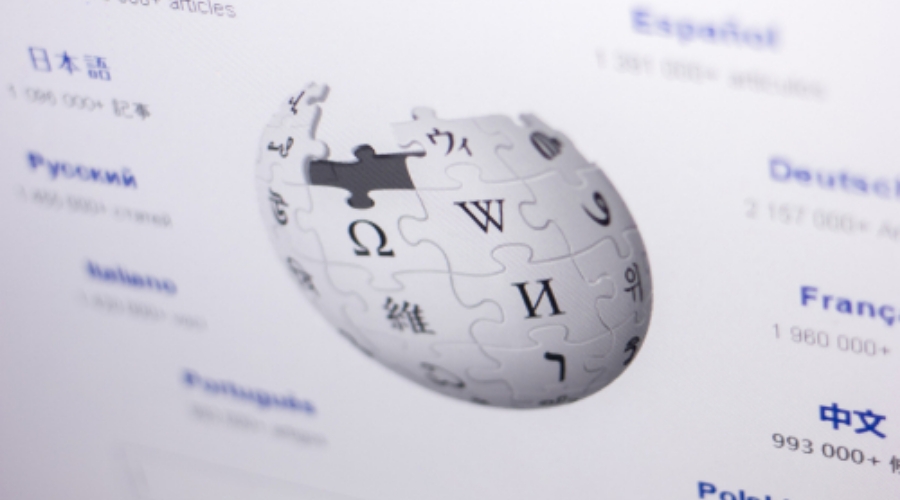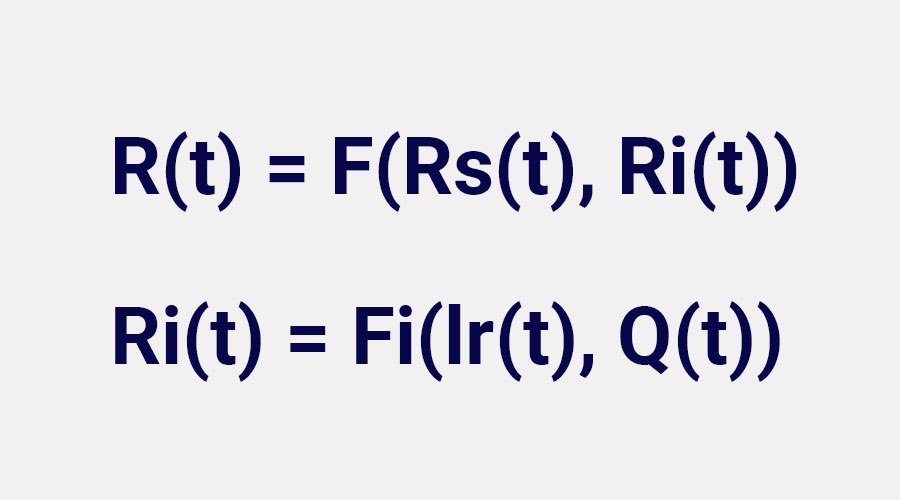
Reputation is an advanced form of perception. It exists everywhere and has existed since the dawn of civilization. It is not a cultural factor but has a biological foundation. It is an inherent mechanism in our way of perceiving the world, guiding and determining our choices. It is inevitable. And it can be measured.
The web is a participatory territory where anyone can contribute, all signals accumulate and merge creating a reality often different from that of traditional media. Content does not have visibility for a limited time as in the case of print media but is persistent. The permanent Top Manager Reputation observatory was created to capture this multimedia melting pot and identify the real perception of top figures and the impact of the strategic choices of the companies they lead.
The analyzed database consists of digital content detectable online. Content of different types and coming from a plurality of online information sources related to the Executive (articles, videos, images, social), are subjected to a multi-level analysis based on a structured conceptual model to capture all the different aspects of the top manager's reputation. Each individual content is assigned a reputational weight based on over 100 parameters such as sentiment, relevance, pertinence, and importance of the source. All analysis results are subjected to consultative review.


Online reputation derives from the stratification of the most visible information and is a perceptual and cumulative phenomenon.


An essential first aspect is to consider reputation as the sum of a history and not as an expression of a moment, which certainly influences it but does not characterize it. Online, content has a much longer life compared to other communication channels, due to its persistence online and indexing on search engines that keeps it always current. For this reason, the analysis does not simply consider Instant Reputation Ri(t) but also historical reputation Rs(t).

Instant reputation R(i) is given by all content associated with the Manager in a given period with a certain intensity while historical reputation is given by the content associated with the Manager throughout their digital life.
A second fundamental aspect is to consider the difference between notoriety and reputation. Notoriety does not necessarily convey key rewarding or distinguishing values for a Manager.

Reputation at a moment t is given by the contribution of Historical Reputation Rs with Instant Reputation Ri. However, reputation at a moment t should not be confused with Reputational Intensity Ir of a subject's presence but the Reputational Quality Qr that is expressed must also be evaluated. Digital reputation is therefore a complex dynamic system that implies the historicization and persistence of the image and cannot be reduced to the concept of notoriety.
The methodology leads to the definition of a monthly score from 0 to 100 with a degree of precision to the second decimal place. Each Executive is subject to an analysis of the different parameters that represent fundamental variables in building the reputation of a public figure on the web, such as perceived image, digital presence, degree of evolution, volumes, and reputational impact. Each characteristic is assigned a score based on the volume and quality of the detected content.
